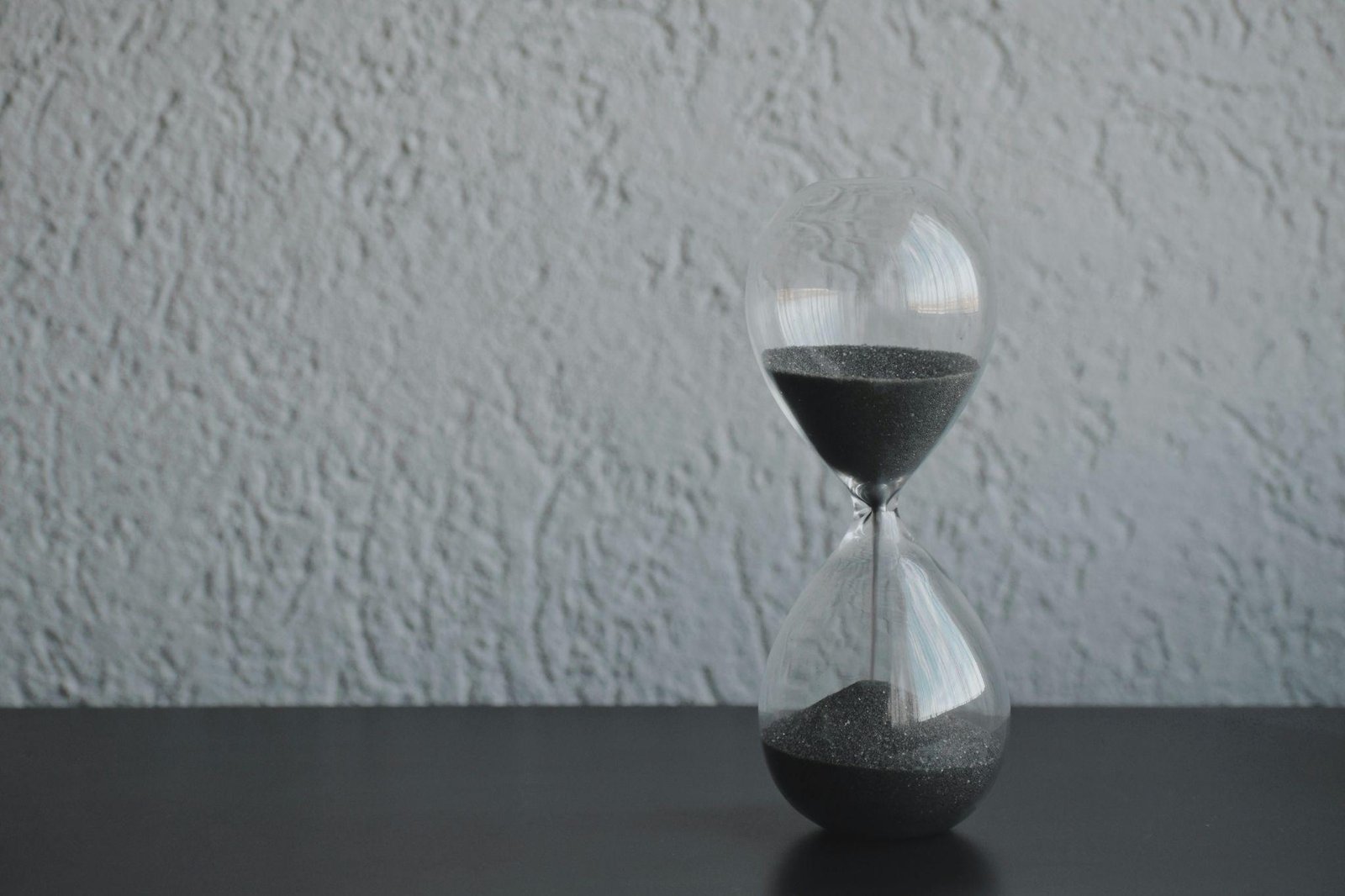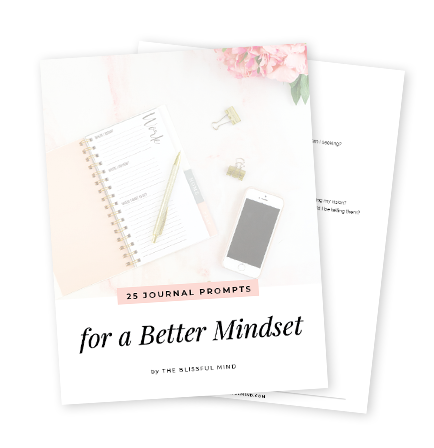Patience in Daily Life: Turning Delays into Opportunities Patience, in daily life, is perhaps the most valuable skill for living well in modern times, turning irritating delays and disappointments into important moments of growth, reflection, and unexpected new insights. Knowing how to develop fighting patience and use its power can have a positive impact on your stress level, relationships, and overall quality of life like nothing else.

Many people, in today’s fast-paced environment, experience impatience and frustration with traffic jams, long lines, slow internet, and the daily delays that seem to characterize modern life. Research shows that patience is not just a virtue but a measurable psychological skill that can promote well-being, better decision-making, and overall satisfaction with life, while also relieving stress and conflict
Understanding patience: the building block of resilient living
Patience is a complex psychological skill, involving emotional regulation, cognitive flexibility, and applying a more abstract view during challenges. Patience does not mean passive resignation—it is active acceptance, coupled with constructive action, with respect to the present moment. Rather than trying to squash emotion, the persistent mindful approach of patience embraces the emotion and considers action in perspective.
Modern psychology has shown us that patience is a constellation of multiple brain areas working together, including the prefrontal cortex for executive control, the anterior cingulate cortex for emotional regulation, and the insula for awareness of an individual’s internal state. When patience is practiced, these networks become stronger, literally rewiring your brain, and promote resilience.
Patience develops as you learn to endure uncertainty, postpone gratification, and keep a steady emotional state when things do not go your way are whether in an agreed timeframe or not. This ability requires both mental and emotional maturity, which is developed through intentional practice and skill building.
The science behind patience and stress reduction.
Neuroscientific studies have demonstrated that patience creates measurable changes in both brain activity and the circulating level of stress hormones. Studies indicate that more patient individuals have circulating levels of lower cortisol, potentially less inflammatory markers, and a greater functioning level of the immune response system when compared to chronically impatient people.
The well-known Stanford marshmallow study demonstrated that children who had the ability to delay their gratification performed better academically, had better control of emotional responses, and better measures of well-being many decades later. This study established patience as one of the foundational or agreeable skills for long-term functioning, outcomes, and success.
Brain imaging studies demonstrate that while practicing patience, you are strengthening pathways related to self-control and emotional response, while at the same time decreasing the activity of areas related to reactivity and stress (distress). Essentially, the brain remains plastic, and patience is shaping your brain’s patterns of responding.
Why Modern Life Tests Our Patience
Not surprisingly, life in the 21st century presents multiple obstacles to creating and sustaining patience:
Expectations of technology – When you have instant access to information, there is an implicit expectation for instant results in all facets of life.
Cultural emphasis on speed – Society rewards results and efficiency to outcome over patience and consideration.
Chronic stress – A high baseline of stress lowers the threshold for tolerating additional frustration and delays.
Lack of quiet time – Technology always provides stimulation and distraction that inhibits reflecting on developing that inner stillness that promotes patience.
Recognising Impatience Patterns in Daily Life
Recognising your own impatience triggers and patterns is an essential first step in creating greater patience. Almost everyone has particular triggers (circumstances, people, or conditions) that reliably result in impatient responses.
Time-related triggers include waiting in line, delays in traffic, slow service at a shop or restaurant, schedule delays for appointments, or technology that does not conform to your timing. These circumstances challenge your ability to accept that often “the timing is not yours.”
People-related triggers occur when you interact with someone who moves, thinks, and/or communicates at a different pace than your preferred pace. Understanding that others may be at a different physical or mental “speed” can help reduce frustration and conflict.
Goal-related triggers emerge when you feel that you are making progress toward a personally meaningful goal, but that it is happening at a slower pace than you would like or expected. Learning to appreciate progress at each milestone, no matter how small, reduces discouragement and sustains motivation through long-lasting pursuits or goals.
Symptoms of Impatience (Physical and Emotional)
Identifying early signs of impatience allows you to defuse your reaction before you actually do react. People show impatience in several different areas:
Physical tension- includes muscle tension, jaw clenching, breathing quickly, and elevated heart rate.
Mental fidgeting- includes racing thoughts, a mind that struggles to focus, and mentally rehearsing complaints or fight or flight scenarios that will entertain or distract oneself from feeling impatience.
Emotional- includes emotional irritability or horizontal reactions, being overly sensitive to minor irritation, snapping at or assuming increased crabbiness from someone else, and finally feeling overwhelmed to the point of mistaking irritability for sadness.
Changes in behavior- includes fidgeting, checking the time repeatedly, sighing, or rushing through familiar tasks that you have done repeatedly and are usually comfortable and familiar with.
Practical Strategies for Building Patience Day-to-Day
Building patience requires explicit skills that you can use absolutely immediately when facing both delays and frustrations. These skills have been empirically supported to turn painful struggles into opportunities for growth and peace.
Breathing skills provide you with an immediate toolbox to help you manage those impatient reactions. Taking three deep breaths (inhale for 5-6 seconds, breathe gently out for a minimum of 6 seconds) engages your parasympathetic nervous system, which reduces stress hormones and creates space to respond and be more patient.
Flipping your mindset involves you consciously switching your brain’s perception of what could be seen as an obstacle to a positive opportunity for a delay. You can say to yourself, “How could this /might this delay be better for me than being on time?” or, “What could I learn or do during this delay?”.
Mindful awareness makes waiting times opportunities for meditation by directing attention to your environment, thoughts, or bodily sensations nonjudgmentally. Mindfulness practice cultivates present-moment awareness, which is the foundation for developing our sense of patience.

Gratitude practice in delays shifts attention away from what may be going wrong and onto what is going well in your life. This shift in your mind not only calms your frustration but also allows you to build appreciation for your present moment.
Turning Delays into Opportunities for Growth
Almost every delay, frustration, and challenge has potential use-by dates if you seize the delay patiently and creatively. Here are a few useful ideas to cultivate use in the moments you are waiting:
Self-reflection time – Delays can offer a space and time to reflect back on events, ideas, or even into a day for additional personal mental organization.
Observation skills – Observe the details around you in the physical environment, with people, or within your own mind and body
Breathing practice – Breathing conscious breaths can serve as a meditation skill as you spend practical time in a meaningful way during delays.
Planning and organizing – Delays can provide unexpected free time, and intentional mental (and written) organization for planned events can provide some easing of frustration by using developable skills.
The Psychology of Delayed Gratification
Acknowledging understanding of the psychology behind delayed gratification provides necessary considerations when seeking to understand and build patience for long-term goals, as well as daily emotional frustrations. Research supports many premises regarding the ability to delay gratification across multiple facets of life.
When immediate and future rewards conflict, there is a conflict between short-term wants and long-term payoff. To be patient, we are essentially enhancing our ability to choose a future reward over the immediate temptation when it is warranted.






